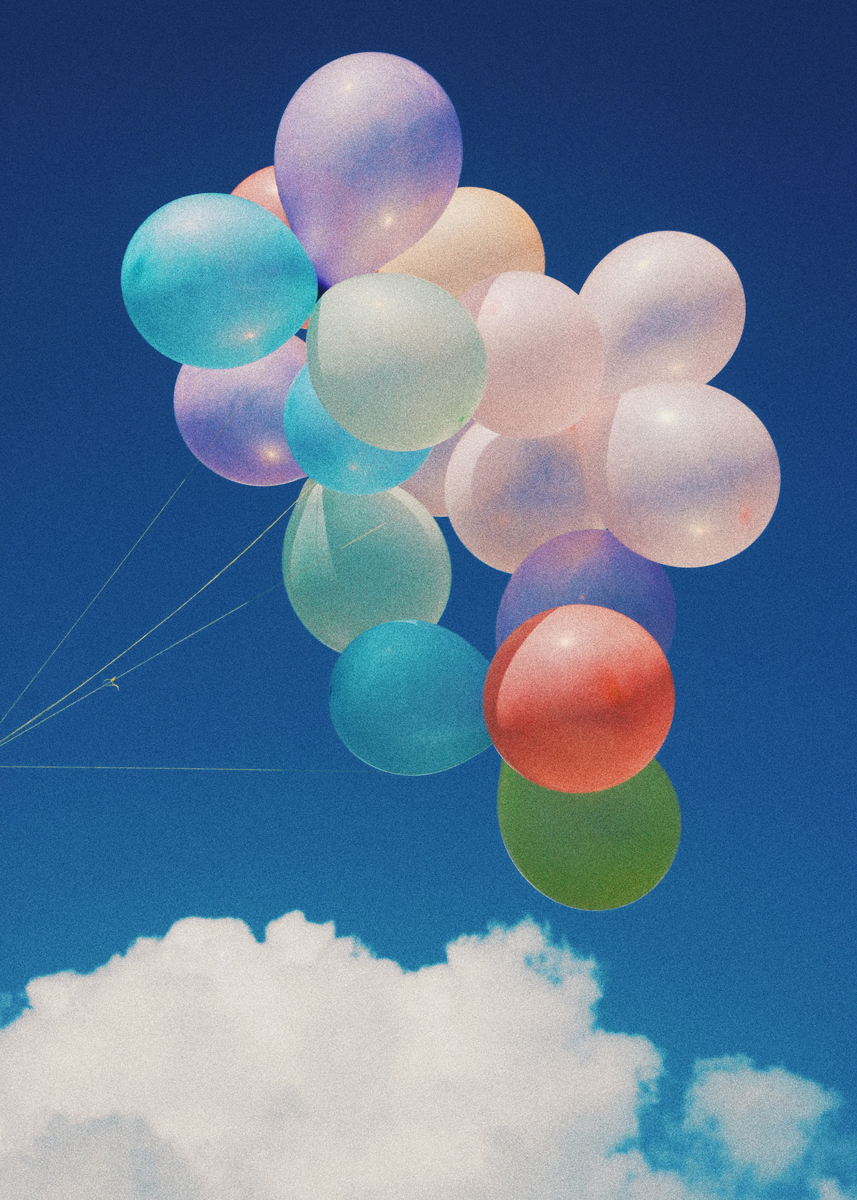5 Stunning Steps to Building Imagery in a Poem
Imagery is one of poetry’s key features. Defined as “using vivid or figurative language to represent ideas, objects, or actions” by the Poetry Foundation, imagery can be necessary to fully transport your reader—but it can also seem confusing or difficult to incorporate. However, the art of building imagery into your work can be broken down into just a few steps, most of which involve being deeply observant and unafraid of unique, playful language. Make these five strategies your starting point.
1. Incorporate multiple senses.
Oftentimes, visual images come to mind most readily while writing poetry. But evoking sound, smell, taste, and touch can have just as powerful of an effect. In fact, layering multiple types of imagery into one poem usually stands out as the best poetic approach. This multi-sensory method creates a dimensional, richly detailed world for a poetry reader to inhabit.
Prompt: Go on a walk around your neighborhood before writing. Notice not just the sights around you—like flowers, park equipment, or string lights on a nearby porch—but also discover what other sensations you can take in. Are cicadas buzzing? Does the smell of a bonfire happen to be wafting through the air? How does the wind or heat feel against your skin? Merely taking a mental note of these images can make you a sharper, more observant poet. For an added challenge, aim to weave them into your next draft.
2. Be specific.
Using generic language can be one of the quickest ways to dull your poetry. Think about observations that only you could make and that express your personal voice as a poet. Sure, an image might be “beautiful,” but what does that really mean? And how can you go deeper than remarking on the blueness of the sky or smell of the rain? Avoiding these cliches and generalisms strengthens your poetry—as well as allows for more creative fun. Dig further to find specific, illuminating language.
Prompt: Take an image that could be generic and resist this impulse. Instead, add as many details as possible. For example, cats and dogs are common characters in many poems. How could you write a pet poem that reflects individual personality, quirk, and intricate description?
3. Don’t shy away from surprising imagery.
Similarly, the best poems make people consider even mundane details in a new, intriguing light. For a perfect example, read “Balloons” by Sylvia Plath, which transforms ordinary party balloons into “oval soul-animals,” a “yellow cathead” and “blue fish,” and a “funny pink world” with increasingly bizarre imagery.
Prompt: Think of two nouns that seem totally unrelated. Or use this random noun generator, which came up with examples like “refrigerator and hat.” How could you connect these ideas to be a part of the same poem?
4. Use active language.
Because imagery is descriptive, it can be tempting to litter poems with adjectives. However, this natural instinct has the tendency to tell rather than show—and can result in some lackluster lines. Make just as much room for verbs, which can endow a poem with movement and variety. Consider “Eagle Poem” by Joy Harjo, which reflects on an “eagle that Sunday morning / Over Salt River / Circled in blue sky / In wind, swept our hearts clean / With sacred wings.” The use of specific verbs like “circled” and “swept” helps craft a clear image of how an eagle moves through the world. Think of how much more effective this approach is than if Harjo had simply written, “The eagle was graceful.”
Prompt: Avoid “to be” and “to have” verbs (examples: I was, We were, She has, etc.) throughout an entire poem. Reflect on how this might make your images more active and urgent.
5. Experiment with describing one thing in many different ways.
Sometimes, landing on the right image means discarding a lot of images that just don’t work or fit the poem at hand. In these cases, revision and workshop become a poet’s best friend. Other times, multiple strong images can function well together—as in Wallace Stevens’ often-cited poem “Thirteen Ways of Looking at a Blackbird.”
Prompt: Generate a list of vastly different metaphors and similes that depict the same image. Which is the most interesting and unexpected?
Imagery is just one of the powerful elements of writing a hard-hitting poem. Learn about more important poetic qualities—like line structure and sound play—here.




